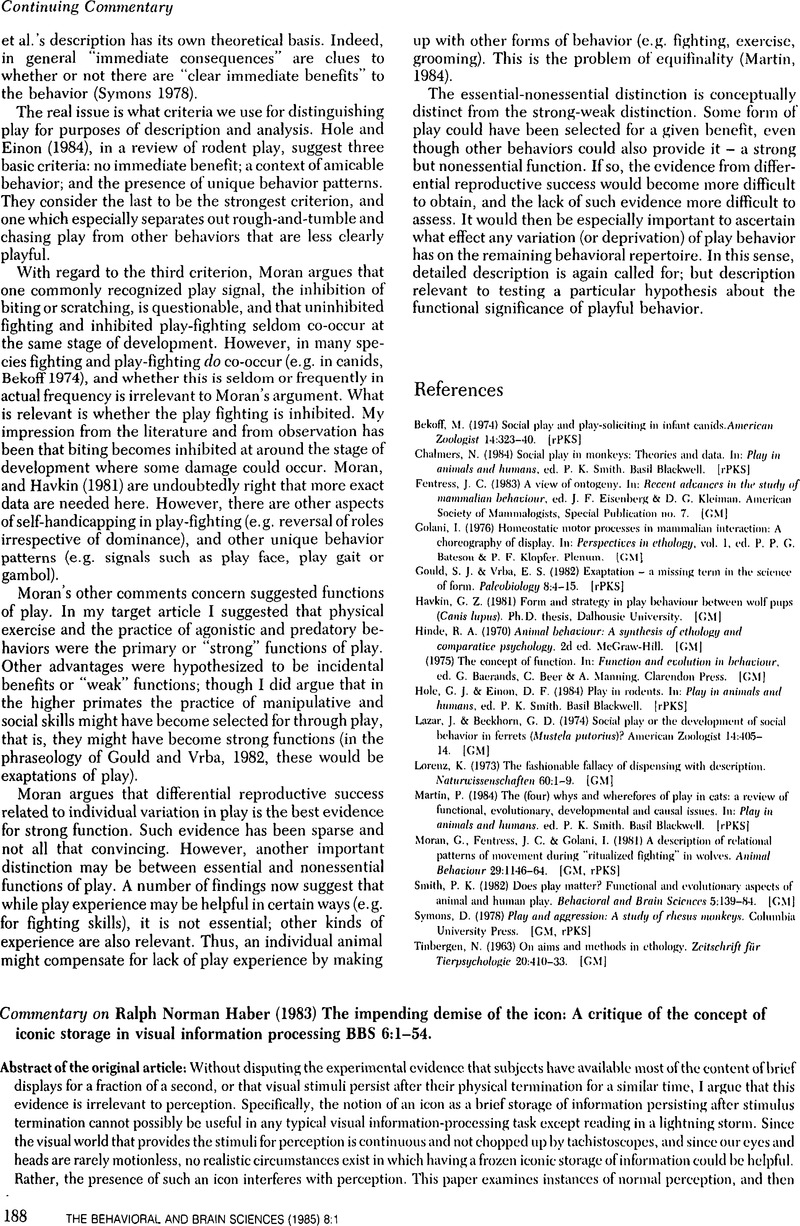Crossref Citations
This article has been cited by the following publications. This list is generated based on data provided by Crossref.
Hoffman, Ralph E.
1992.
Phenomenology, Language & Schizophrenia.
p.
197.





